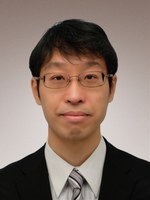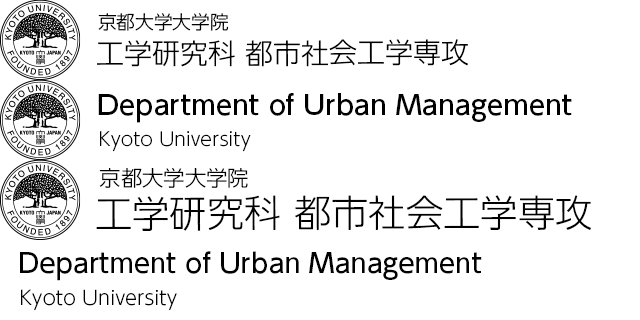Dynamics of Foundation Structures
Our research objectives consists of two important issues :
- Integration of theories and methodologies for the nonlinear dynamic analysis of foundation and underground structures, and
-
Development of rational seismic design methods for those structures.
We utilize various knowledge from many research fields, including seismology, soil / structural dynamics, some mathematical theories etc., and apply them to satisfy wide range of needs of earthquake engineering, such as ground motion estimation, earthquake simulation, reliability analysis, policy making for restoration of damage, nonlinear dynamic analysis of structures and system identification.
Academic Staff
Hiroyuki GOTO
 Professor (Disaster Prevention Research Institute)
Professor (Disaster Prevention Research Institute)
Research Topics
The research field lies in earthquake engineering and seismology, seismic response of 3-D sedimentary basin, developments of numerical models and simulation schemes of fault rupture dynamics, etc.
Contacts
Room E-420D, Main Bldg., Uji Campus
E-mail: goto.hiroyuki.3z kyoto-u.ac.jp
kyoto-u.ac.jp
Research Topics
Ground Motion / Strong motion Simulation
Ground motion should be estimated based on both large scale ground structure and local ground condition. Our research scope covers wide range of topics including earthquake simulation by modeling fracture process of the fault, wave propagation in inhomogeneous media and effect of liquefaction etc.
Dynamic behavior of Soil-Structure System / Lifeline Facilities
It is known that during earthquakes, soil-structure system and lifeline systems show complex behavior due to soil-structure interaction. We are working on nonlinear dynamic analysis methods for such behaviors. Our research also covers wider topics related to those structures : damage detection, reliability estimation, decision making for restoration after earthquake, estimation of life cycle cost, etc. We are also contributing to the activities to implement those advanced theories in the practical seismic design methods.
System Identification / Health Monitoring
We develop nonlinear system identification methods using filtering theories such as neuro-Kalman filter, adaptive robust Kalman filter and adaptive H ∞ filter. We are also working on the methodologies to detect temporal deterioration of the structure, and the realtime earthquake-induced damage detection system.
